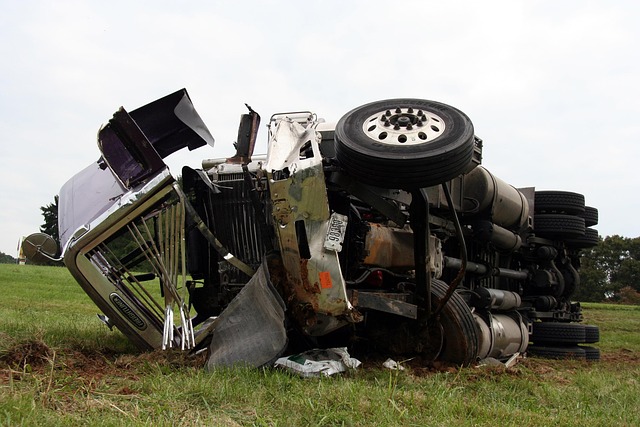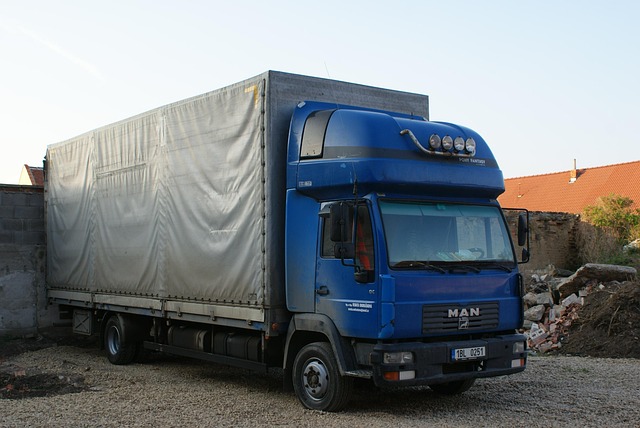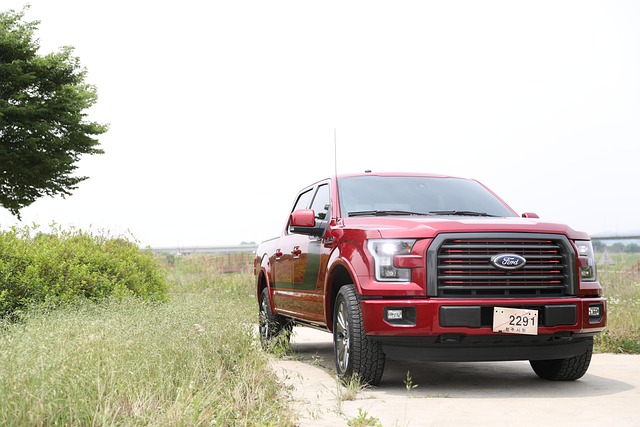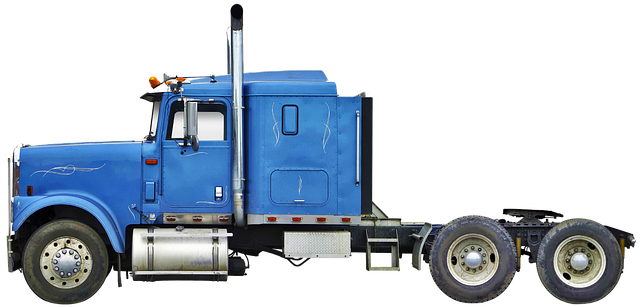Learn how to register your car in California with our comprehensive guide. From understanding the process to gathering essential documents, this article covers everything you need to know. We break down the step-by-step registration procedure at the DMV and provide tips on using their powerful VIN verifier tool effectively. Additionally, discover post-registration follow-up steps to ensure a smooth ownership experience.
- Understanding the California Car Registration Process
- Gathering Necessary Documents for Registration
- Visiting the DMV: Step-by-Step Registration Guide
- Using the DMV's VIN Verifier Tool Effectively
- Post-Registration: Important Follow-Up Steps and Tips
Understanding the California Car Registration Process

Understanding the California Car Registration Process
In California, registering a car involves several steps that are designed to ensure vehicle safety and compliance with state regulations. The process begins with gathering essential documents such as proof of ownership, insurance, and identification. Once you have these prepared, you’ll need to visit a Department of Motor Vehicles (DMV) office or use the DMV’s online services for registration. A key part of this process is verifying the Vehicle Identification Number (VIN). This can be done through a DMV-approved VIN verifier, which checks the vehicle’s history and ensures it meets safety standards before issuing a registration certificate.
Using a mobile vin inspection or mobile vin verification service can also streamline the process by allowing you to complete these steps from the comfort of your home or office. These services provide an additional layer of convenience and security, ensuring that your car is safe for California’s roads before it’s officially registered. Remember to keep your registration up-to-date to avoid penalties and maintain legal compliance.
Gathering Necessary Documents for Registration

Before you begin the registration process, it’s crucial to gather all the essential documents required by the California Department of Motor Vehicles (DMV). This includes your vehicle’s registration certificate from the previous state, proof of insurance, and a valid driver’s license. Additionally, you’ll need the Vehicle Identification Number (VIN) from your car, which can be verified using a DMV-approved VIN verifier, like a mobile vin inspection service.
Ensure that all paperwork is up-to-date and accurate to streamline the registration process. Some documents may require specific formats or recent dates, so double-check with the DMV if you’re unsure. Having these documents ready will help you navigate the registration process more efficiently, whether you opt for a traditional DMV visit or utilize a mobile vin verifier for a convenient, on-the-go inspection.
Visiting the DMV: Step-by-Step Registration Guide

Visiting the DMV for car registration can seem daunting, but with a clear understanding of the process, it becomes manageable. Here’s your step-by-step guide to navigating the California DMV for vehicle registration. Firstly, gather all necessary documents, including proof of ownership (a signed title or bill of sale), proof of insurance, and a valid driver’s license. Then, locate your nearest California DMV office using their official website or app; many services offer convenient online scheduling.
Once at the DMV, approach the counter and inform the employee that you’re there for vehicle registration. They will guide you through the process, which typically involves filling out forms, submitting required documents, and paying applicable fees. A key step in this process is performing a vin inspection by utilizing the DMV’s vin verifier system to ensure the vehicle’s identification number (VIN) matches the one on official records. This can often be done online or in-person through a mobile vin verification service for added convenience.
Using the DMV's VIN Verifier Tool Effectively

Using the DMV’s VIN Verifier Tool Effectively
The California Department of Motor Vehicles (DMV) offers a convenient online tool known as the VIN Verifier, which is a powerful resource for car owners and prospective buyers. This tool enables users to quickly validate a Vehicle Identification Number (VIN), providing essential information about a vehicle’s history and authenticity. By simply entering the unique 17-character VIN into the DMV’s database, you gain access to detailed records, including accident reports, title history, and current registration status.
For added convenience, there are also mobile vin verifier applications available that offer similar functionalities on your smartphone or tablet. These mobile vin verification tools allow for a swift and accurate vin inspection, ensuring peace of mind when purchasing a used vehicle. Whether you’re using the official DMV VIN Verifier or a reputable mobile vin verifier app, the process is straightforward and can save you valuable time and effort in validating a car’s history before making a significant purchase.
Post-Registration: Important Follow-Up Steps and Tips

After successfully registering your vehicle with the DMV, there are several crucial follow-up steps to ensure everything is in order. One essential task is obtaining a Vehicle Identification Number (VIN) verification from a trusted source. You can opt for a mobile VIN inspection or use a mobile VIN verifier app to confirm the vehicle’s history and authenticity. This process is vital as it helps protect you from potential fraud, ensuring the car’s title and condition are as described.
Additionally, keep your registration documents secure and up-to-date. Regularly check for any updates or changes in requirements from the DMV. Remember, prompt action after registration can help prevent future issues, making it easier to maintain compliance with California’s vehicle regulations.
Registering a car in California is a straightforward process that requires attention to detail and the right documentation. By understanding the steps outlined in this guide, including the effective use of the DMV’s VIN Verifier Tool, you can efficiently navigate the registration process. Remember to follow up on post-registration tasks for a seamless ownership experience.
